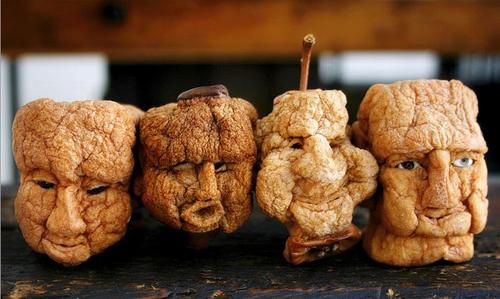A cherub sits atop the earth’s atmosphere, ushering in the new sun with a trumpet call! Happy new year!
Another year, another card; historic Holidays Cards (from 1998 on) are display here!Style: Wanted to learn how to paint with PhotoShop (as per artist/microscopist Vince Kamp and ImagineFX workflows (link); Credits: I acknowledge awesome critiques from my wife and daughter; their input was tremendous. It helps to produce art with a few crafty, artistic folks around (who are not afraid to tell you how to improve).
Here was the process of generating this year’s card:
1) Conception: The initial goal was to incorporate bears into a Holiday theme. This originated as tribute to our family vacation to the Shenandoah park (having encountered ~5 bears in 3 separate instances). The only conceivable way of including a bear was as a toy…so the vision of an angel cradling a teddy bear while nestled in pillows emerged…with a morning sun encroaching! Between sessions at the recent Society of Rheology convention in Cleveland, I doodled the first composition of a cherub holding a teddy bear.
2) Sketches and Story: When I got home, I used pencil and paper to draw a few cherubs. The story emerging now was a set of three angels, one awake and hailing the new sun to the annoyance of the other two slumbering cherubs.
3) Digitization: Next, These sketches were scanned into Photoshop with some pictures of my local West Chester skyline. Each was granted a dedicated layer and “blocked in” separately with a mask. Wanted to target a Renaissance mood, and experimented with gaudy frames (later eliminated).
During SoR we had visited the Cleveland History Museum and its Planetarium; there I learned about the coolest constellation ever, which I tried to incorporate: Microscopium. This idea was eliminated since the constellation is usually in the South not the East and I required the sun rising behind the angels.
4) Painting: I used a Wacom Bamboo tablet (I can’t rationalize ordering a Cintiq until I learn some more!). So I began painting over my sketch as if it were a blank coloring book entry. Using the swatch panel as an artist’s palette works well. Still need to learn how to use Brush Presets, since I was constantly iterating between masking, painting, dodging/burning/ etc. Notice how two angels were discarded--one was enough.
5) Adjustment layers: Finally, I added a few adjustment layers to tone down the saturation (i.e. the left image below looked like a neon bar sign) and warmify/cool selected masked regions (to put a translucent brilliance into the clouds); oh yeah, a few carefully placed lens flares helped with the sun’s brilliance. Erin instructed me to turn the eyes from green to blue to match the sky; Heidi had me remove some “mystical smoke” that was blowing from the trumpet…which I thought was cool until I saw her point that it made the angel look like a pipe-smoking crack baby. Cripes! A near miss!
6) Final steps! A decorative border and text are added in Illustrator (then tweaked in PS), and woo-hoo! we arrive at the final card (at top)! Need to order prints from mpix.com !























